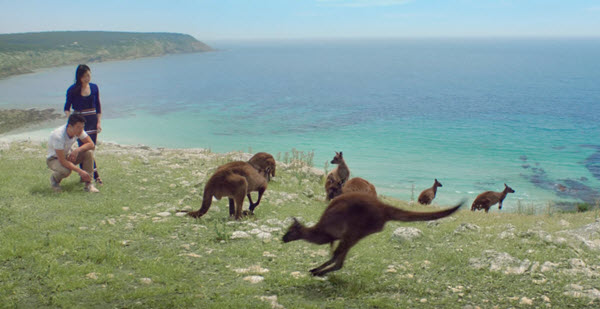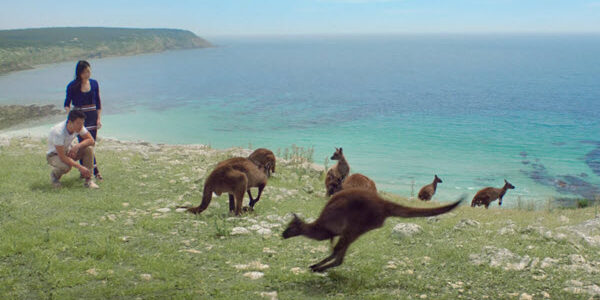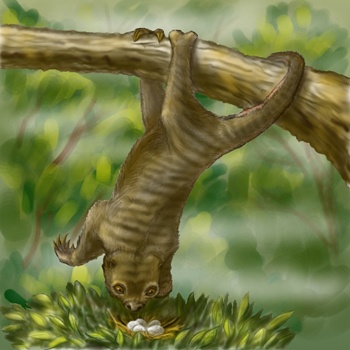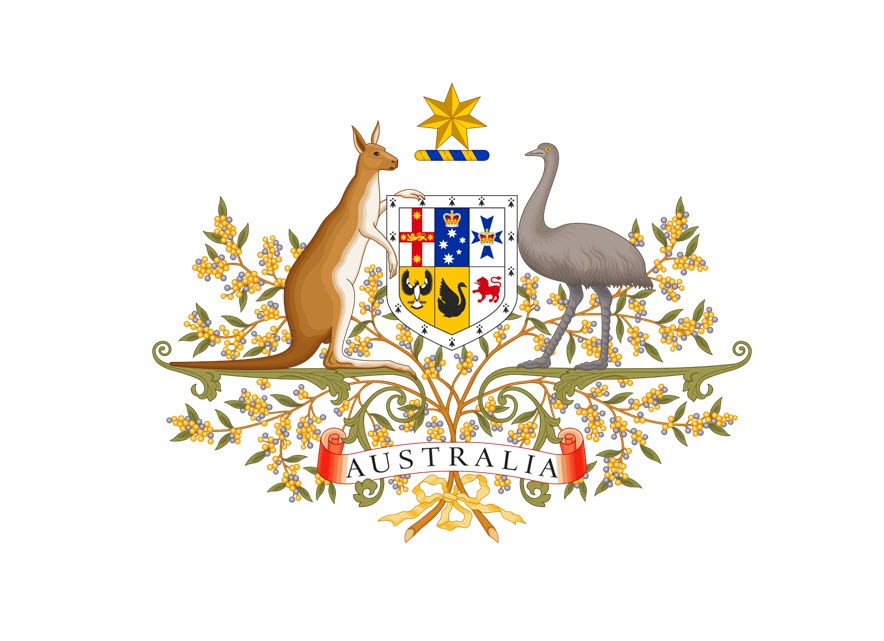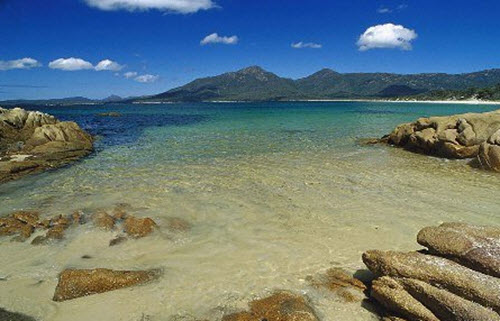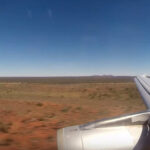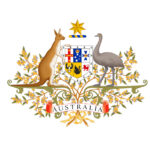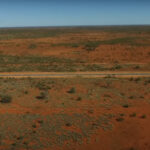Australia is one of the few countries in the wild where you can find a wide variety of unique animals, preserved due to its isolation from other continents. Walking along the streets of Australian cities, a traveler can meet a kangaroo jumping towards him or see a koala hanging from the trees. This continent is home to the largest diversity of marsupials - 125 species. Let's take a look at some of them.
Kangaroos, Wombats
The most famous of them is the kangaroo. This is a fairly large animal, weighing up to 80 kg. The kangaroo has powerful hind legs, while the front legs are small and resemble human hands. She transfers the weight of her body to her rather massive tail. The kangaroo is featured on the Australian coat of arms.
Another amazing marsupial animal is wombats. Wombats resemble bear cubs in appearance. The wombat is a herbivore and digger, which is why it has powerful claws on its paws. Australians sometimes keep them at home as a pet.
The marsupial anteater, or nambat, as it is also called, lives only in Australia. This animal is small in size. Its length is up to 27 cm, and its weight is up to 550 kg. Nambat has an elongated head, his mouth is small, but it contains a rather long tongue (10 cm) and 52 teeth. The marsupial bear can be recognized by its original coloring: on the back there are from 6 to 12 white stripes.
Tasmanian devil
The rarest representative of marsupials is the Tasmanian devil!
It can only be found on the island of Tasmania. The Tasmanian devil belongs to the family of predatory marsupials. It has quite impressive dimensions up to 2 meters; large males can weigh up to 12 kg. His fur is black and there is a white mark on his chest. With one bite of his massive jaws, he is able to gnaw through an animal's spine. Most of the marsupial devil's prey is carrion; its diet also includes small and medium-sized mammals, birds, and snakes.
At night he makes ominous screams.
The koala is another representative of herbivorous marsupials living only in Australia. Outwardly, the koala looks like a bear, but it is not a bear. The koala is similar to a wombat, only it has larger ears and limbs. The hands of the forelimbs and strong claws are adapted for climbing trees, so koalas spend almost their entire lives in the crowns of eucalyptus trees.
It is impossible not to mention the inhabitant of Australian forests - the amazing kookaburra bird. The kookaburra is famous for the fact that it does not sing, but screams, and its cry is similar to human laughter. It is a small bird, 18 inches long, with dark brown wings with blue and gray spots. She, like most birds, feeds on all kinds of pests, insects, and rodents.
Australia climate and weather
Australia's climate varies greatly depending on where you are at the moment. Australia has the following climatic zones: large deserts in the middle of the continent, a tropical server and the south with a fairly temperate climate. In the center of the mainland and in the subtropical regions of Western Australia and Queensland there are dry areas of grassland and grassland.
Weather and climate depend on the season
Most of the entire country has four normal seasons, and only in the tropical north there are two seasons: moderately dry and fairly wet. The temperature regime in Australia is not very susceptible to sudden changes when the seasons change; the difference becomes significant only when moving deeper into the continent.
The average Australian climate is influenced by two factors, which point you want to visit and what season you decided to do it. In the tropical northern parts of Australia, the dry season lasts from April to November, and the weather during this period is sunny and partly cloudy. Between December and March, the rainy season begins: it becomes humid and hot thanks to daily downpours.
The southern parts of Australia have a temperate climate with little rainfall in all four seasons. The summer is hot and warm here between December and February; at this time sea breezes blow on the coast, and the interior of the mainland is drier. This is a very dangerous period in terms of forest fires.
In the period - June - August, winter comes - Quite mild along the coast, with snow falling in the Tasmanian Highlands and the Australian Alps. Autumn between March and May is famous for its beautiful leaf fall. And in the spring of September - November, nature comes to life again.
Due to the fact that most of Australia is desert, the average annual rainfall is relatively low. In desert areas, high temperatures during the day give way to sharp drops at night. The result is simply scorching days in the summer and rather cold nights in the winter.
Temperature in Australia is measured in degrees Celsius.
To select your travel season, view Australian weather throughout the year and then select your desired season.
Snowy Australia
Skiing is popular in the Australian Alps in winter, on the Great Barrier Reef - snorkeling or exploring the interior of the continent. In summer, you can fully enjoy wonderful trips to southern cities full of interesting sights, from Perth to Sydney.
Australia's diverse climate means that you can find something to do at any time of the year.
